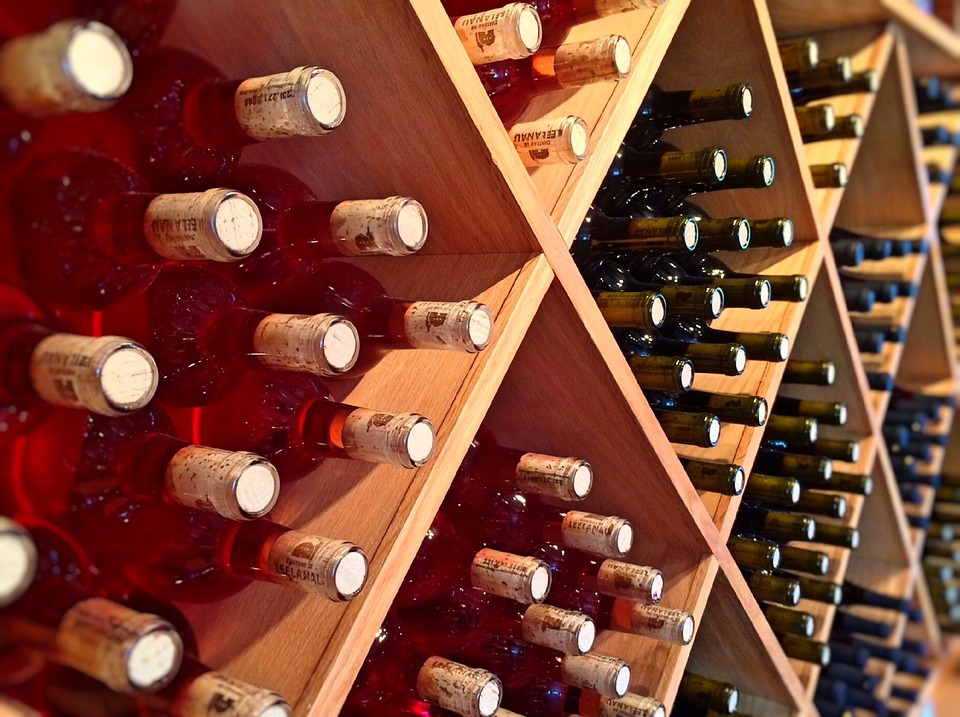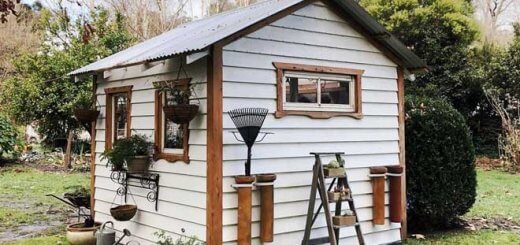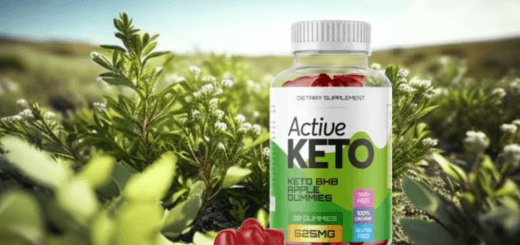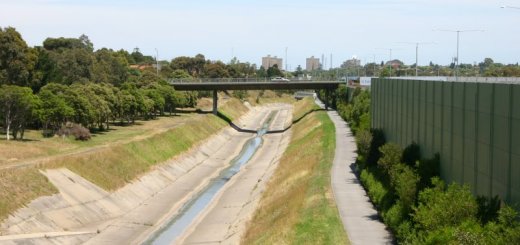If we had to sum up the Margaret River and Great Southern wine harvest of 2019, it would consist of a single word: challenging!
While the rest of the country’s wine regions sweltered under excessive heat, WA has been somewhat cooler, albeit dry, interspersed with short periods of cloudburst followed by a wet harvest. The cooler weather saw temperatures lower than the average rainfall recorded between 2010 – 2018, with the end result being a harvest that was two to three weeks later than normal.
In addition, winegrowers have had to cope with humidity that caused increased mould, plus an invasion of birds and bees due to the region’s decline in Marri trees.
So what does this mean for the wines of 2019? Is it all as gloomy as it might seem? And what lessons can be learned for the future?
2019 Whites

There’s no denying that there’s a much lower yield this year. This ranges from 15% to a massive 70%* in some isolated cases. However, the quality is reportedly very good – exceptional, in some instances, especially that of Margaret River Chardonnay. In the Great Southern regions, both Riesling and Sauvignon Blanc are reportedly of a high standard, ones to look out for when the bottles eventually hit the shelves.
2019 Reds

The last few weeks of warmer weather saw the reds ripen nicely. In particular the Pinot Noir is shaping up to produce an outstanding vintage. For the Cabernet Sauvignon and Shiraz the growers were certainly relieved that the sun blessed the vines with her presence, allowing for that all-important final maturation of the fruit. By all accounts the vintages of 2019 should be something to look forward to.
Grapes of the future
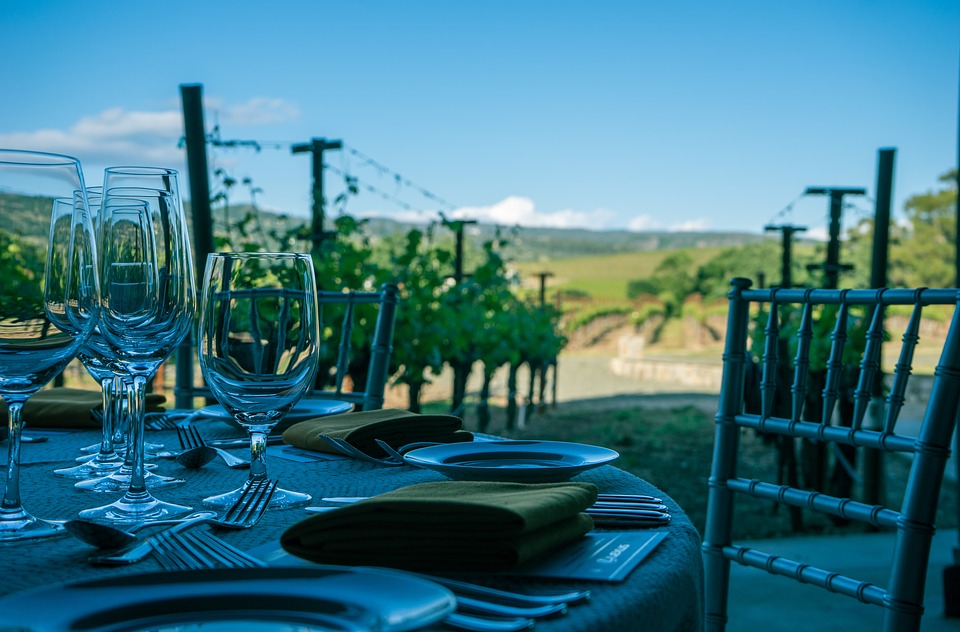
WA might have benefited from a cooler climate than the rest of Australia for this year, but there’s no denying that climate change is something wine growers are having to adapt around. Grapes are a finicky beast, with each variety only able to tolerate very small changes in environmental conditions.
One solution is to plant different verities of grapes – ones that are more tolerant to heat and arid conditions. Grapes such as Fiano and Vermentino produce beautifully crisp, dry whites, and Aglianica and Nero d’Avloa (reds) have low water demands and love hot weather. However, the first step is to persuade wine growers to plant and cultivate such grapes, and then public perception needs to become open to trying wines from grapes they’re not so familiar with. And this certainly won’t happen overnight. But with the wine industry already being majorly impacted by climate change it’s clear that something has to alter.
Other answers lie in shorter term fixes, such as irrigation and canopy management, along with other technological advances. Australia’s Wine Future Project ** is using climate science to deliver tools and practical management options to wine growers to help them in both the short term and long term. Whatever lies ahead, Australia’s wine industry is certainly in for an interesting ride.
Visit the wine producing regions of Margaret River and Great Southern
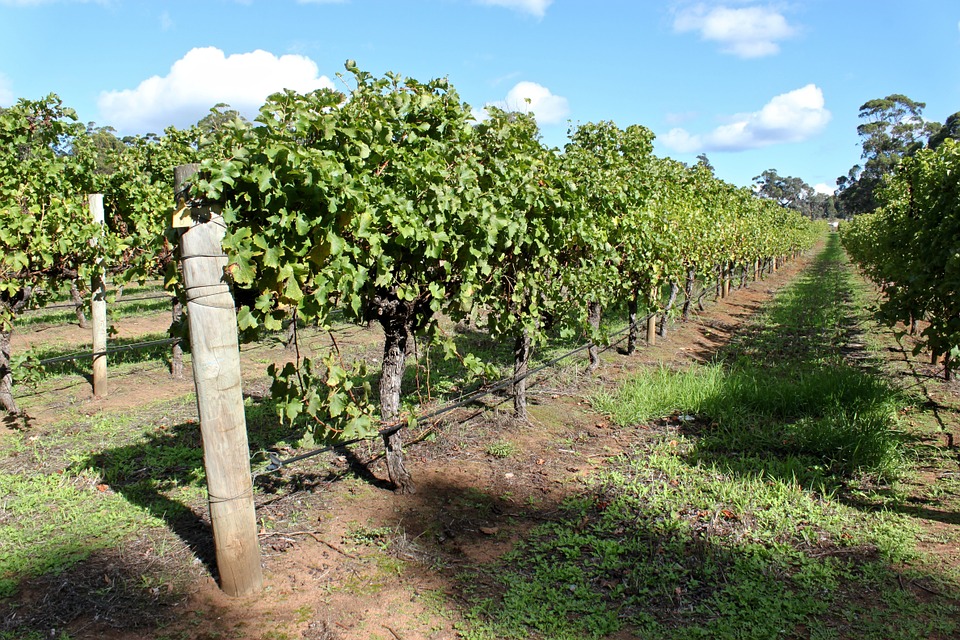
Of course, the best way to get a real feel is to visit some of the great wine estates. Both regions have so much to offer, and you can while away many a day not only visiting vineyards (and sampling some excellent wines), but enjoying a diverse range of activities such as hiking, whale watching, water sports and marvelling at the region’s amazingly diverse flora and fauna. Private Properties are a family run concern that provides the discerning traveller with the very best holiday homes in the South West. Their friendly team put their decades of local knowledge to great use to ensure your stay is in the ideal location, and of the utmost luxury. Call them on 08 9750 5444 or visit www.privateproperties.com.au to discover your perfect home from home in one of the world’s must-visit destinations.
